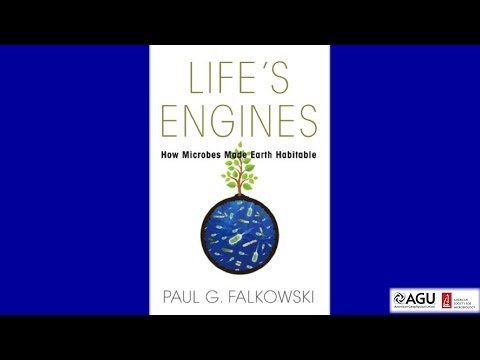Description:
Explore the microscopic world and discover how microbes shaped Earth's habitability in this 54-minute lecture by Distinguished Professor Paul G. Falkowski. Delve into topics such as solar energy conversion, the origin of species, microbial fossils, oxygen production, and the role of phytoplankton in seasonal cycles. Examine the importance of transition metals, electron transfers, and protein arrays in microbial processes. Investigate the significance of iron carbonate, iron rust, and hydrogen gas in Earth's history. Learn about the Terrestrial Planet Finder project and its rationale for exploring habitable worlds beyond our own. Gain insights into the fundamental role microbes play in sustaining life on Earth and their potential implications for discovering life elsewhere in the universe.

Life's Engines - How Microbes Made the Earth Habitable
Add to list
#Conference Talks
#American Geophysical Union
#Science
#Environmental Science
#Biology
#Microbiology
#Ecosystems